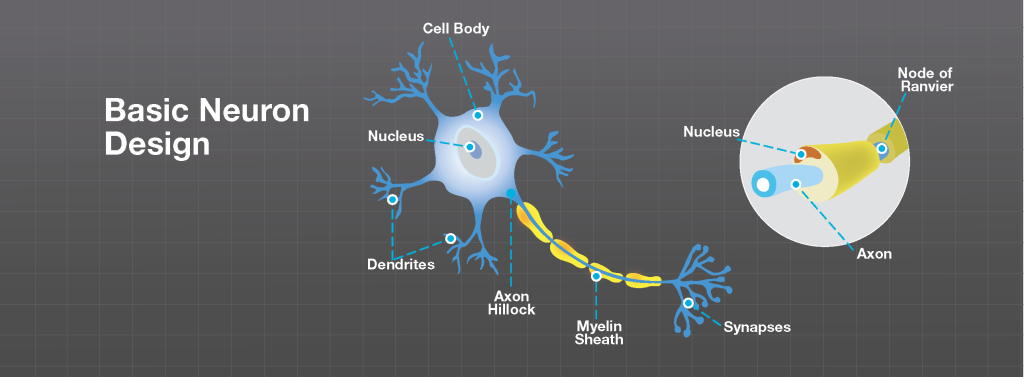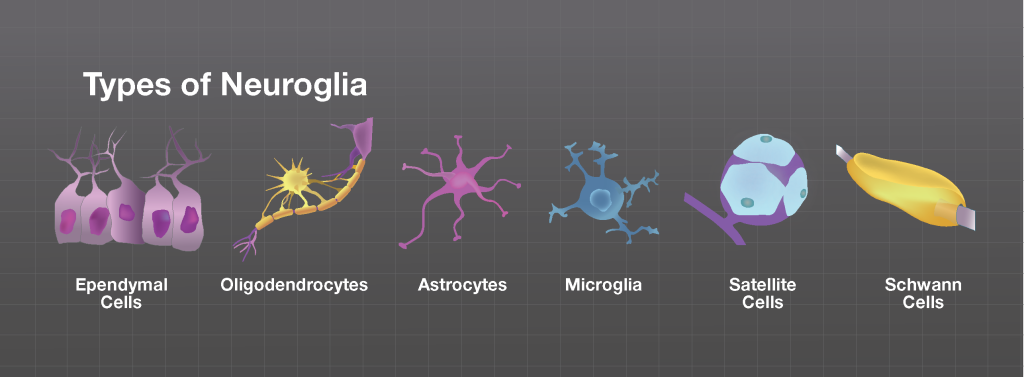Inside the many protective layers around your brain, 80-100 billion neurons are conveying and coordinating information to the entire body’s nerve, muscle and gland cells.

There are as many glial cells, also called neuroglia, in the brain as there are neurons. These cells have many different functions designed to support the neurons and are often referred to as the ‘glue’ that holds everything together. The different types of glial cells include astrocytes, oligodendrocytes, and microglia.

Common Tumors and Their Names
Many tumors are named after the structures from which they originate. Understanding some basic names and functions may offer insight into your condition and help you formulate questions for your doctors.
Tumors that form from the tissues of the brain are called primary tumors. These tumors can be ‘glial,’ meaning they are formed from the brain’s glial cells, or non-glial, which means they have developed on or in the structures of the brain like the nerves, blood vessels and glands.
The most common primary brain tumors are gliomas, meningiomas, pituitary adenomas, vestibular schwannomas, and medulloblastomas. The term ‘glioma’ includes glioblastomas, astrocytomas, oligodendrogliomas, and ependymomas.
These brain tumors can be benign, which means they don’t necessarily spread to other parts of the body, or malignant, which means they can spread throughout the brain and other parts of the craniospinal axis, and in some cases, to other parts of the body.
Visit Signs, Symptoms and Diagnosis of Brain Tumors in the Investigate Brain Tumors section of Brianlab.org to explore this topic more fully.